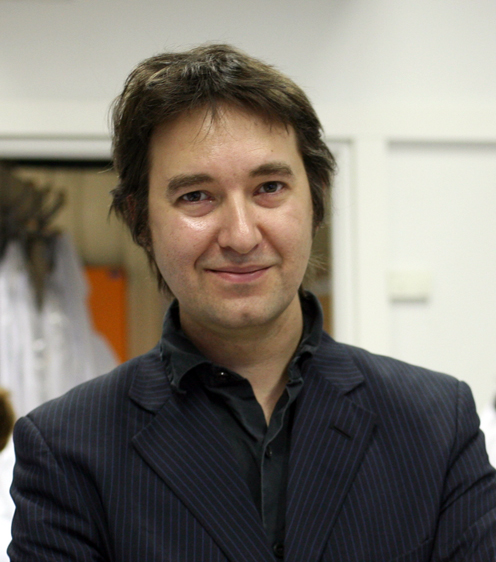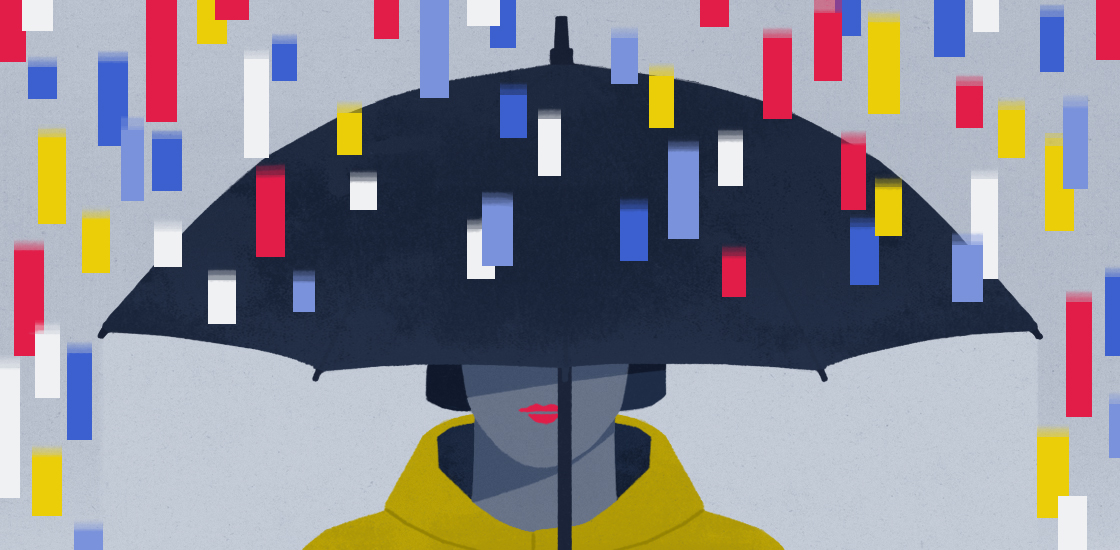
Thomas Bourgeron
Professor
University Paris Diderot
From this contributor

Expliquer la résilience à l’autisme peut faire naître de nouvelles thérapies
Explaining ‘resilience’ in autism may seed new therapies
Some individuals who have autism mutations show no signs of the condition; understanding why may lead to treatments.

Explaining ‘resilience’ in autism may seed new therapies
Questions for Thomas Bourgeron: In search of ‘second hits’
Taking a close look at people who have a mutation in a known autism gene may reveal why these people often have vastly different characteristics.

Questions for Thomas Bourgeron: In search of ‘second hits’
Explore more from The Transmitter
The Transmitter’s most-read neuroscience book excerpts of 2025
Books by Nachum Ulanovsky, Nicole Rust, and Andrew Iwaniuk and Georg Striedter made the list of some of the year's most engaging neuroscience titles.

The Transmitter’s most-read neuroscience book excerpts of 2025
Books by Nachum Ulanovsky, Nicole Rust, and Andrew Iwaniuk and Georg Striedter made the list of some of the year's most engaging neuroscience titles.
Neuroscience’s leaders, legacies and rising stars of 2025
Here are seven stories from the past year about some of the field’s most engaging figures.

Neuroscience’s leaders, legacies and rising stars of 2025
Here are seven stories from the past year about some of the field’s most engaging figures.
The Transmitter’s top news articles of 2025
Check out some of our most-read stories, covering neuroscience funding and policy changes in the United States, and methodological issues in high-profile neuroscience papers.

The Transmitter’s top news articles of 2025
Check out some of our most-read stories, covering neuroscience funding and policy changes in the United States, and methodological issues in high-profile neuroscience papers.